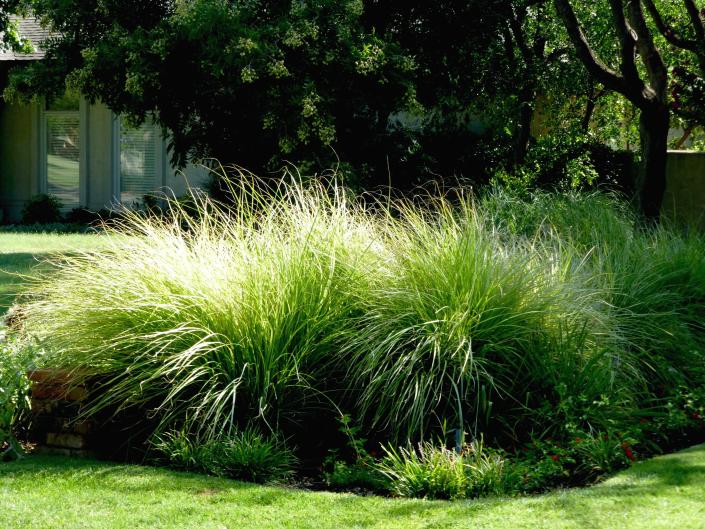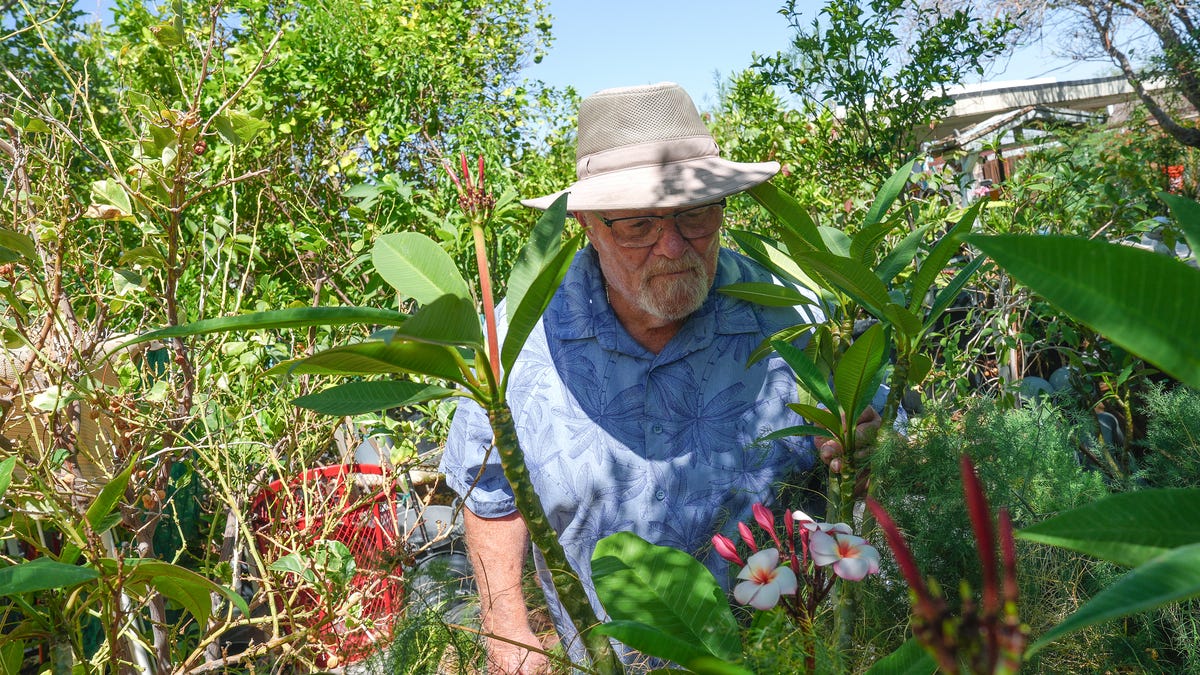Before we get into gardening with the ornamental Mexican feather grass, some context will help to underscore the value of landscaping with grasses.
Lubbock is in the center of the Llano Estacado. A history of this interesting land formation is found in the Handbook of Texas (tshaonline.org), the source for the following information.
The Llano Estacado is a flat plateau encompassing 32,000 square miles from the Canadian River on the north to the Permian Basin on the south, the Caprock escarpment on the east and the Mescalero escarpment of New Mexico on the west. In total, the plateau is larger than all of New England.
The tableland was named the Llano Estacado in 1541 by the explorer Francisco Vasquez de Coronado. In a letter to the king of Spain he wrote “I reached some plains so vast, that I did not find their limit anywhere I went, although I travelled over them for more than 300 leagues… with no more land marks than if we had been swallowed up by the sea… there was not a stone, nor bit of rising ground, nor a tree, nor a shrub, nor anything to go by.” (A Spanish league is about 780 miles.)
Llano Estacado is translated as Staked Plains from the piles of bones or stakes used by early travelers to mark routes. It is alternately translated as Stockaded or Palisaded Plains for the geologic formations forming cliff edges of the steep escarpments that border the plateau when viewed from below.
But back to Coronado’s letter in which he described the desolation “… nor a tree, nor a shrub, …”.
The only truly native plant to the Llano Estacado is a grass. Mexican feather grass is one of the drought tolerant grasses native to West Texas, New Mexico, and northern Mexico. It adds high ornamental value to landscape with its willowy, mounding growth habit. It is a fine-textured grass that is sent into motion with even slight breezes. Delicate flower heads and long, thin, graceful leaves communicate a peaceful, tranquil ambience as they shimmer and sway in the wind.
Mexican feather grass forms dense clumps of long, green hair-like leaves that give an overall fluffy (feathery) appearance. Plants reach a height of one to three feet with the same spread. Plants are perennial, thrive when grown in full sun in hot, dry locations in USDA Hardiness zones 6 through 10.

For winter interest, allow leaves to persist throughout the winter months but cut back and rake out dead leaves well before growth resumes in early spring.
Mexican feather grass self-sows seed and is propagated by divisions. Divide plants by digging entire clumps when new shoots have just emerged in the spring. Cut clumps into several sections and replant. Keep moist until the root system is established. Groupings of Mexican feather grass are most effective in the landscape.
Ellen Peffley taught horticulture at the college level for 28 years, 25 of those at Texas Tech, during which time she developed two onion varieties. She is now the sole proprietor of From the Garden, a market garden farmette. You can email her at [email protected]
This article originally appeared on Lubbock Avalanche-Journal: Gardening for You: Mexican feather grass for hot days









